Home>Articles>How Long Should You Use The Steamer During A Standard Facial Treatment
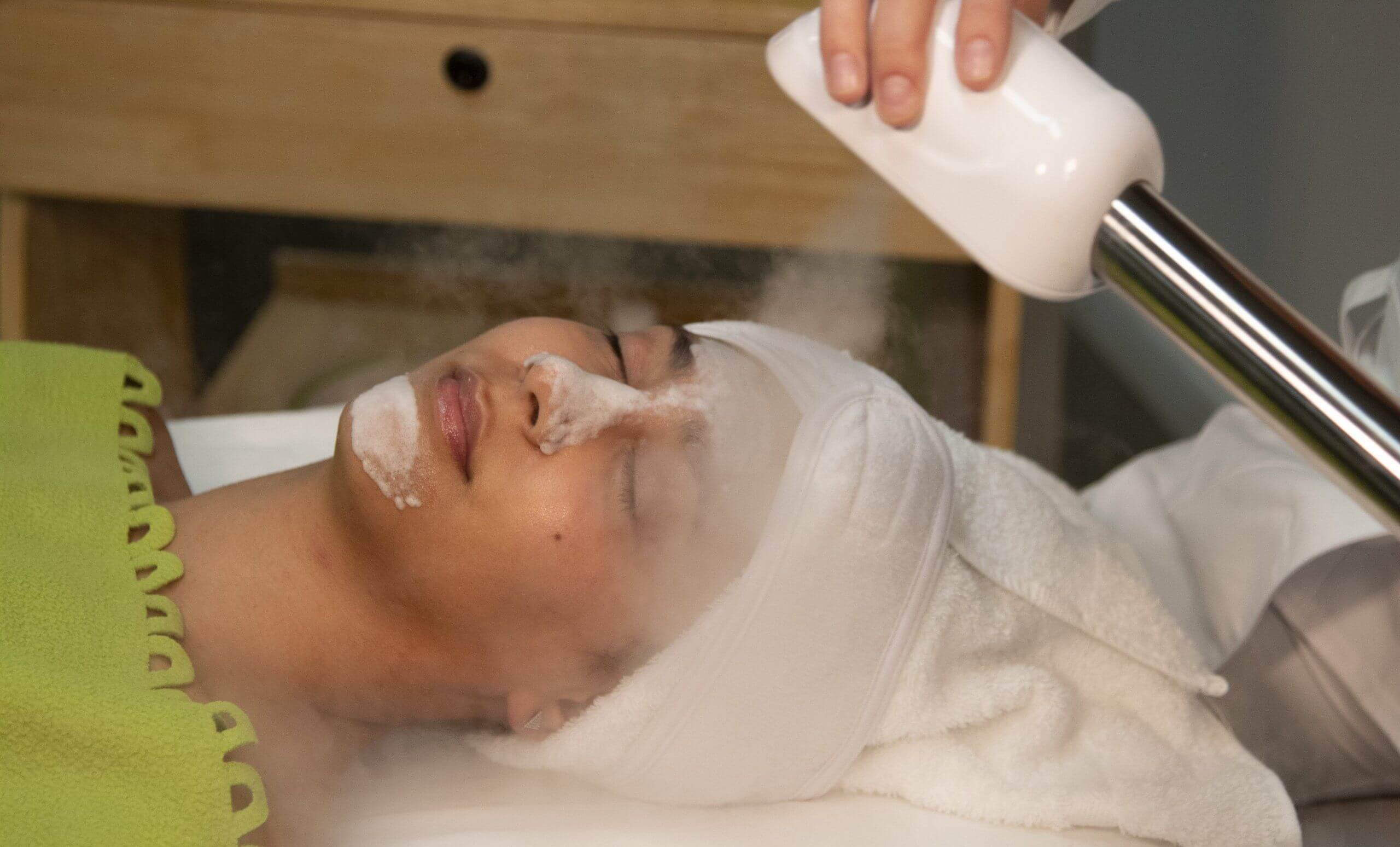

Articles
How Long Should You Use The Steamer During A Standard Facial Treatment
Modified: February 19, 2024
Find out the ideal duration for using a steamer during a facial treatment in this informative article. Learn how long you should steam your face to get the best results.
(Many of the links in this article redirect to a specific reviewed product. Your purchase of these products through affiliate links helps to generate commission for Storables.com, at no extra cost. Learn more)
Introduction
Welcome to the world of facial treatments! When it comes to achieving healthy, glowing skin, a crucial step in any skincare routine is steaming. Steaming is a popular technique used in facial treatments to promote deep cleansing, relaxation, and hydration.
In this article, we will explore the optimal duration to use a steamer during a standard facial treatment. Understanding how long to steam your face is essential to ensure you reap maximum benefits without causing any harm to your skin.
So, let’s dive into the purpose of using a steamer in a facial treatment and learn about its effects on the skin.
Key Takeaways:
- Steaming during a facial treatment offers deep cleansing, hydration, and relaxation. The optimal duration varies based on skin type and condition, so consult a professional for personalized guidance.
- Using a steamer for an appropriate duration enhances deep cleansing, product absorption, and relaxation. Be mindful of potential risks and seek professional advice for optimal results.
Read more: How Often Should You Use A Facial Steamer
Purpose of Using a Steamer in a Facial Treatment
A steamer is an important tool in a facial treatment as it serves multiple purposes, all aimed at improving the health and appearance of your skin.
Deep Cleansing: One of the primary purposes of using a steamer is to facilitate deep cleansing of the skin. Steam helps to open up the pores and soften the debris, such as dirt, oil, and dead skin cells, that may be clogging them. This makes it easier for cleansers and exfoliators to penetrate deep into the skin, resulting in a thorough cleansing process.
Increased Blood Circulation: Steaming your face also helps to improve blood circulation. The heat from the steamer dilates the blood vessels, allowing more oxygen and nutrients to reach the skin cells. This increased circulation promotes a healthy complexion and a natural glow.
Hydration: Steaming provides a boost of hydration to the skin. The heat opens up the pores and allows moisture to penetrate deeply, making it an effective method to combat dryness and dehydration. Hydrated skin appears plumper, smoother, and more youthful.
Relaxation: In addition to its skin benefits, steaming during a facial treatment offers a relaxing and soothing experience. The warm steam can help to relieve stress, calm the mind, and create a tranquil environment, making it the perfect time for some self-care and relaxation.
Now that we understand the purpose of using a steamer in a facial treatment, let’s explore the effects it has on the skin.
Effects of Using a Steamer on the Skin
Using a steamer during a facial treatment can have various positive effects on the skin. Let’s take a closer look at the benefits:
1. Deep Cleansing: The steam from the steamer acts as a natural exfoliant, helping to remove dead skin cells and unclog pores. This deep cleansing effect can prevent breakouts and promote a clearer complexion. Additionally, steam softens blackheads and whiteheads, making it easier to remove them during extractions.
2. Hydration: Steaming the face helps to increase the skin’s moisture levels by opening up the pores and allowing hydration to penetrate deeply. This can be especially beneficial for those with dry or dehydrated skin, as it helps to restore moisture and improve overall skin texture and smoothness.
3. Improved Blood Circulation: The heat from the steam causes blood vessels to dilate, which leads to improved circulation. This increase in blood flow delivers more oxygen and nutrients to the skin cells, promoting a healthy and radiant complexion.
4. Relaxation of Facial Muscles: The warm steam helps to relax facial muscles, relieving tension and stress. This can minimize the appearance of fine lines and wrinkles and give the face a more relaxed and youthful appearance.
5. Enhanced Product Absorption: Steaming the face before applying skincare products helps to enhance their absorption. The open pores allow the active ingredients in serums, moisturizers, and masks to penetrate deeper into the skin, making them more effective in addressing specific skin concerns.
6. Detoxification: Steam can aid in the detoxification process by promoting sweating and eliminating toxins from the skin. This can leave the skin feeling refreshed and rejuvenated.
It’s important to note that the effects of steaming can vary depending on individual skin types and conditions. It is always recommended to consult with a skincare professional to understand if steaming is suitable for your specific needs.
Now that we have explored the effects of using a steamer on the skin, let’s move on to understanding how to determine the optimal duration for steaming.
Factors to Consider When Determining the Duration of Steaming
When it comes to steaming your face during a facial treatment, the duration plays a crucial role in achieving the desired results without causing any harm to your skin. Here are some important factors to consider when determining the optimal duration for steaming:
Skin Type: Different skin types will have varying tolerance levels to steam. Those with sensitive or dry skin should limit the duration of steaming to avoid excessive moisture loss. On the other hand, individuals with oily or acne-prone skin may benefit from slightly longer steam sessions to effectively unclog pores.
Skin Condition: Consider the current condition of your skin. If you are experiencing inflammation, irritation, or any open wounds, it is best to avoid steaming or keep the duration minimal. Steaming could potentially worsen these conditions or delay the healing process.
Personal Sensitivity: Each individual’s skin has its own unique sensitivity. Pay attention to how your skin reacts during the steaming process. If you start to feel uncomfortable or notice any redness or excessive dryness, it may be an indication that the duration is too long for your skin.
Steaming Method: The method of steaming you choose will also impact the duration. If you are using a professional steamer, the recommended time might be shorter compared to using a DIY method such as a bowl of hot water and a towel. Professional steamers tend to produce more consistent and controlled steam flow, allowing for more efficient steaming in a shorter time.
Environmental Conditions: Take into account the environmental conditions in which you are steaming. Factors such as humidity levels and room temperature can affect how your skin responds to steam. In a more humid environment, the skin may absorb moisture faster, allowing for shorter steaming sessions.
Comfort Level: Lastly, consider your own comfort level during the steaming process. If you feel that a shorter duration is more comfortable for you, there is no need to push for longer steaming sessions. It’s important to listen to your skin and adjust as needed.
Remember, it’s always a good idea to consult with a skincare professional, such as an esthetician or dermatologist, who can assess your individual skin needs and recommend the appropriate duration for steaming.
Now that we have considered the factors to determine the duration of steaming, let’s explore the recommended steaming time for different skin types.
The steamer should be used for about 10-15 minutes during a standard facial treatment to open up the pores and soften the skin for easier extraction and better product penetration. Be cautious not to over-steam, as it can lead to skin irritation.
Recommended Steaming Time for Different Skin Types
The optimal duration for steaming your face can vary depending on your skin type and needs. Here are some general guidelines for the recommended steaming time for different skin types:
Normal Skin: If you have normal skin that is neither too dry nor too oily, steaming for around 8-10 minutes should suffice. This duration allows for effective deep cleansing and hydration without overstimulating or dehydrating the skin.
Dry Skin: For individuals with dry skin, it is important to be cautious with steaming to avoid excessive moisture loss. Aim for a shorter duration of 5-7 minutes to prevent further drying of the skin. Follow up with a moisturizer immediately after steaming to seal in hydration.
Oily and Acne-Prone Skin: Oily and acne-prone skin types can benefit from slightly longer steaming sessions to help unclog pores and regulate sebum production. Steaming for 10-12 minutes may be suitable for effectively deep cleansing the skin and reducing oiliness.
Sensitive Skin: If you have sensitive skin that is prone to redness or irritation, it is best to keep the steaming time shorter, around 3-5 minutes. Be mindful of how your skin reacts and discontinue steaming if you experience any discomfort.
Combination Skin: Combination skin, which has both oily and dry areas, can be treated by adjusting the steaming time accordingly. Focus more on the oily areas and steam for up to 10 minutes, while limiting the steaming time to 5-7 minutes for the dry areas.
Remember that these are general guidelines, and it is important to adapt to your unique skin needs and preferences. Pay attention to how your skin reacts during and after steaming and make adjustments accordingly.
Additionally, it is important to follow the instructions provided by a skincare professional, as they will be able to assess your skin condition and provide personalized recommendations for steaming duration.
Now that we have covered the recommended steaming time for different skin types, let’s move on to discussing potential risks and precautions during steaming.
Read more: Lonove Facial Steamer How To Use
Potential Risks and Precautions During Steaming
While steaming can offer numerous benefits for the skin, it is important to be aware of potential risks and take necessary precautions to ensure a safe and effective steaming session. Here are some risks and precautions to consider:
1. Burns: The hot steam can cause burns if proper precautions are not taken. It is crucial to maintain a safe distance from the steamer and avoid direct contact with the steam. Start with a lower steam setting and gradually increase if needed, while ensuring your face is at a comfortable distance from the nozzle.
2. Oversteaming: Oversteaming the face can lead to excessive moisture loss, especially for individuals with dry or sensitive skin. This can result in dehydration, irritation, and compromised skin barrier function. Follow the recommended steaming time based on your skin type and be mindful of any signs of discomfort or dryness during the process.
3. Aggravation of Skin Conditions: Those with certain skin conditions, such as rosacea, eczema, or sunburn, may find that steaming exacerbates their symptoms. It is advisable to avoid steaming if you have any active inflammation or irritation on the skin. Consult with a skincare professional for personalized advice.
4. Overexfoliation: Steaming can loosen dead skin cells, making it easier to exfoliate. However, combining intense exfoliation with steaming can lead to overexfoliation, causing redness, sensitivity, and irritation. Be cautious with using exfoliating products or tools immediately after steaming and follow the instructions provided by the product manufacturer.
5. Eye Irritation: The steam can cause irritation or discomfort to the eyes. Protect your eyes by closing them or wearing protective goggles during the steaming process. If you wear contact lenses, it is recommended to remove them before steaming.
6. Allergic Reactions: Some individuals may be allergic to certain essential oils or botanical ingredients that are sometimes added to the steamer water. If you have known allergies or sensitivities, it is best to avoid using any additives and stick to plain distilled water for steaming.
7. Use with Caution: If you have any underlying medical conditions, such as asthma or high blood pressure, it is important to consult with your healthcare provider before using a facial steamer, as the heat and steam can potentially trigger or exacerbate these conditions.
By being aware of these risks and taking necessary precautions, you can enjoy the benefits of steaming while minimizing potential negative effects on your skin. It is always advisable to seek professional guidance and advice when incorporating new skincare techniques into your routine.
Now that we have discussed the potential risks and precautions during steaming, let’s move on to explore the benefits of using a steamer for an appropriate duration.
Benefits of Using a Steamer for an Appropriate Duration
Using a steamer for an appropriate duration during a facial treatment can yield a range of benefits for your skin. Let’s explore some of the key advantages:
1. Enhanced Deep Cleansing: When used for the right amount of time, steam can effectively open up pores and soften impurities, making it easier to remove dirt, oil, and dead skin cells. This deep cleansing action helps to minimize the appearance of blackheads and whiteheads, leaving your skin feeling fresh and renewed.
2. Improved Product Absorption: Steaming your face prior to applying skincare products helps to enhance their absorption. The warm steam opens up the pores, allowing serums, moisturizers, and masks to penetrate deeper into the skin and deliver their active ingredients more effectively. This maximizes the benefits you receive from your skincare routine.
3. Relaxation and Stress Relief: Steaming your face can provide a sense of relaxation and stress relief. The warm mist can create a soothing and calming atmosphere, allowing you to unwind and indulge in a little self-care. Taking the time to care for your skin can also have a positive impact on your mental well-being.
4. Hydration and Plumping: Steaming helps to increase the moisture levels in your skin by opening up the pores and allowing hydration to penetrate deeply. This can be particularly beneficial for individuals with dry or dehydrated skin, as it helps to plump and alleviate dryness, resulting in a smoother and more supple complexion.
5. Improved Blood Circulation: The heat from the steam causes blood vessels to dilate, leading to improved blood circulation. This brings more oxygen and nutrients to the skin cells, promoting a healthy and vibrant complexion. Enhanced blood flow also helps to remove toxins and waste products, leaving your skin looking revitalized.
6. Relaxation of Facial Muscles and Tension Release: The warm steam can relax facial muscles and relieve tension, which can help minimize the appearance of fine lines and wrinkles. It also provides a soothing experience after a long day, rejuvenating both your skin and your mind.
By using a steamer for an appropriate duration, you can unlock these benefits and optimize the results of your facial treatment. Remember to consider your skin type, condition, and comfort level to determine the right amount of time for steaming.
Now that we have discussed the benefits of using a steamer for an appropriate duration, let’s summarize the key points.
Conclusion
The use of a steamer in a facial treatment can provide a multitude of benefits for your skin. It helps to deeply cleanse, hydrate, relax facial muscles, and enhance the absorption of skincare products. However, it is crucial to find the right balance and determine the optimal duration for steaming based on your skin type, condition, and comfort level.
Keep in mind the potential risks and precautions, such as avoiding oversteaming, protecting your eyes, and being aware of any allergies or sensitivities. Consulting with a skincare professional can also provide personalized guidance and recommendations.
By understanding the purpose of using a steamer, the effects it has on the skin, and the factors to consider when determining the duration of steaming, you can make informed decisions to achieve the best results for your skin.
Remember that healthy and glowing skin is a journey, and incorporating the appropriate duration of steaming into your skincare routine is just one piece of the puzzle. Consistency, a balanced skincare regimen, and a healthy lifestyle all contribute to maintaining and enhancing your skin’s health and appearance.
So, take some time to pamper yourself and enjoy the benefits that steaming can bring. Your skin will thank you for it.
Now, get ready to steam your way to radiant and healthy skin!
Frequently Asked Questions about How Long Should You Use The Steamer During A Standard Facial Treatment
Was this page helpful?
At Storables.com, we guarantee accurate and reliable information. Our content, validated by Expert Board Contributors, is crafted following stringent Editorial Policies. We're committed to providing you with well-researched, expert-backed insights for all your informational needs.
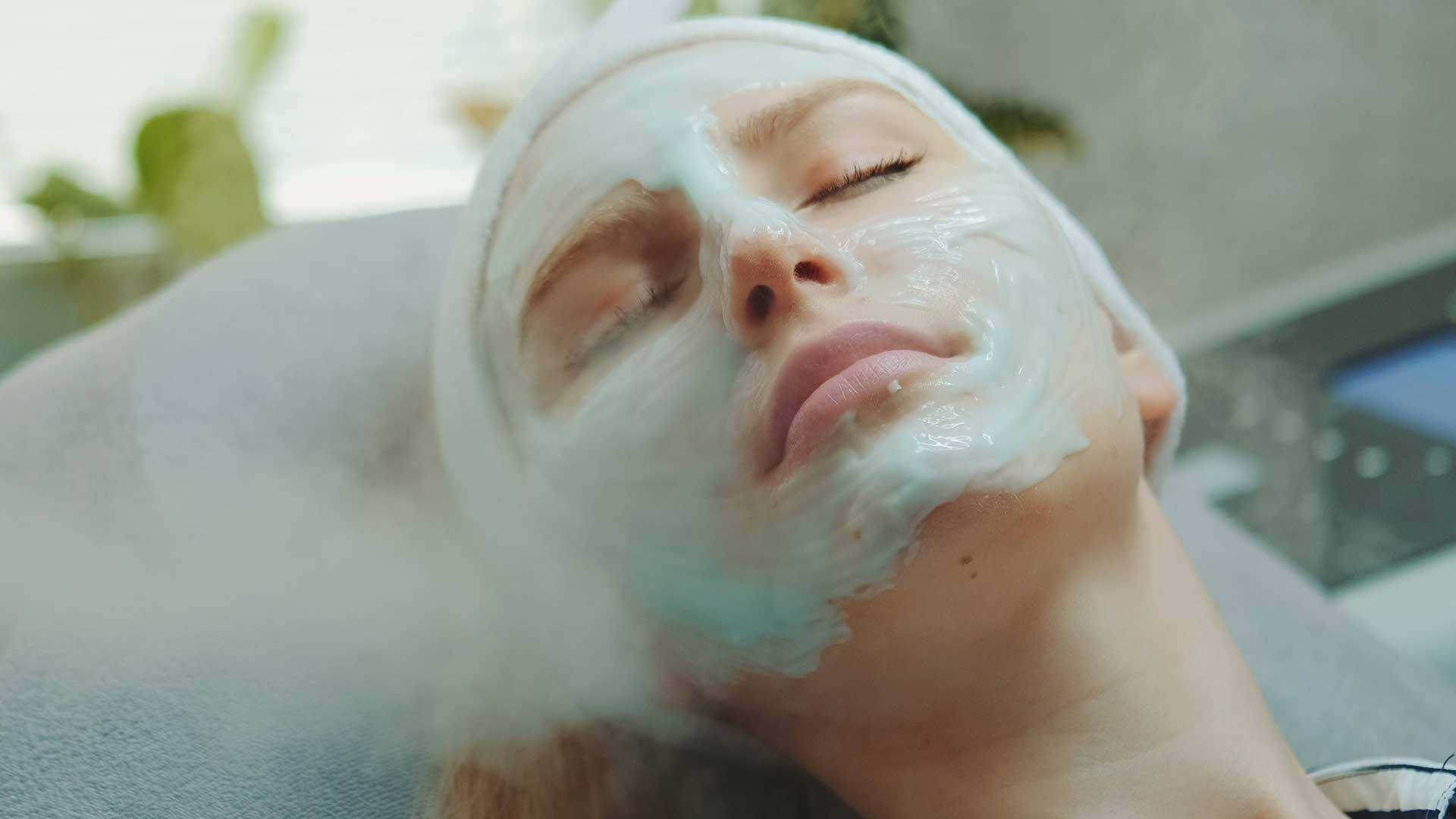

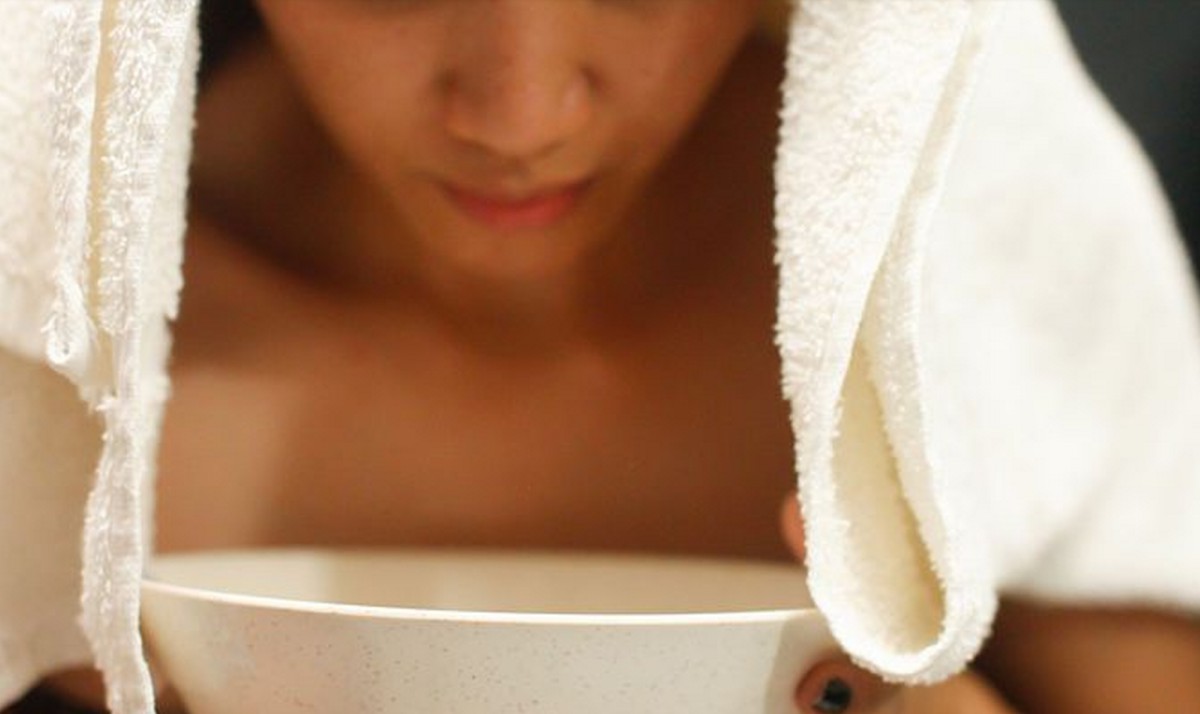
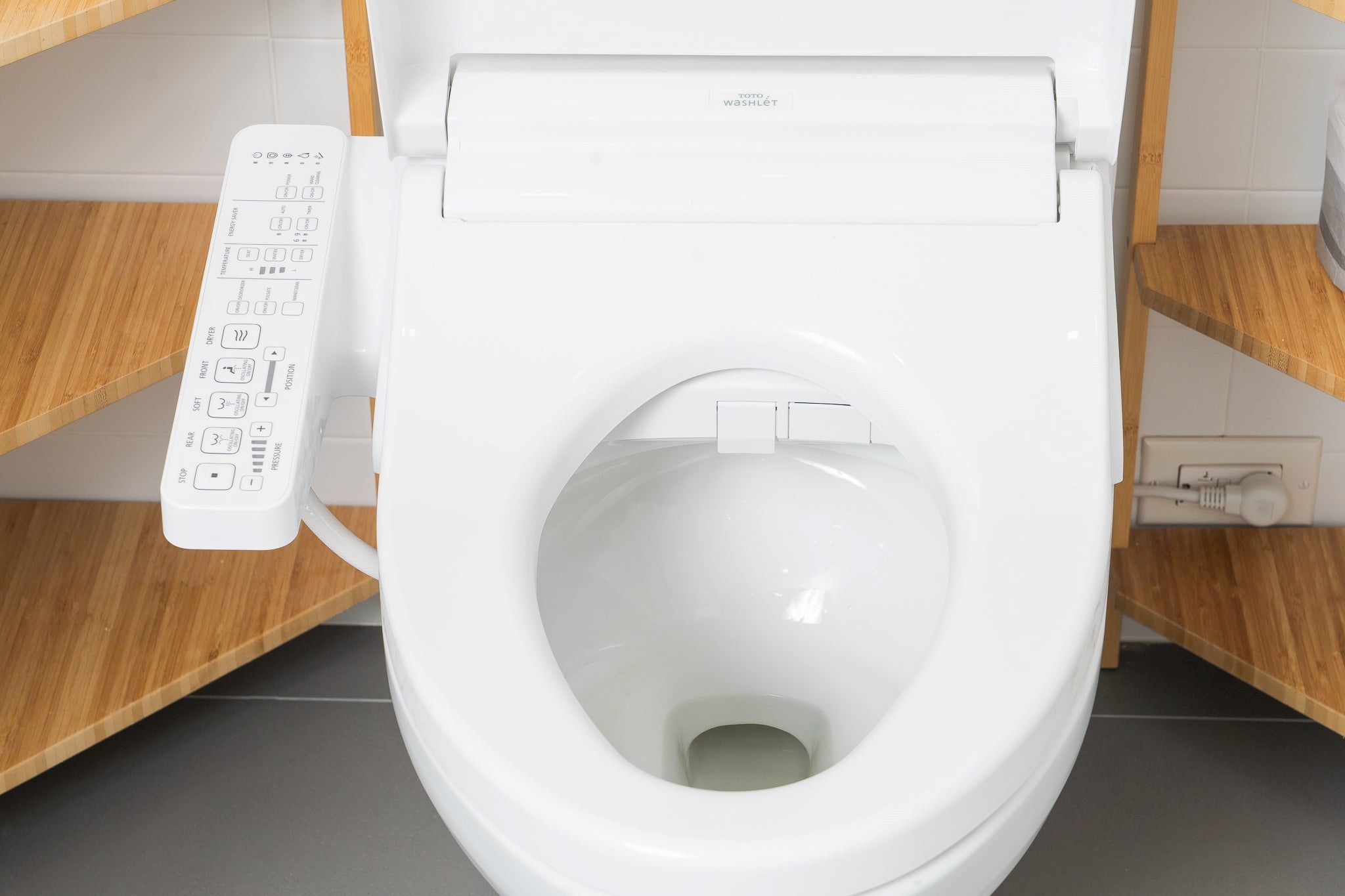

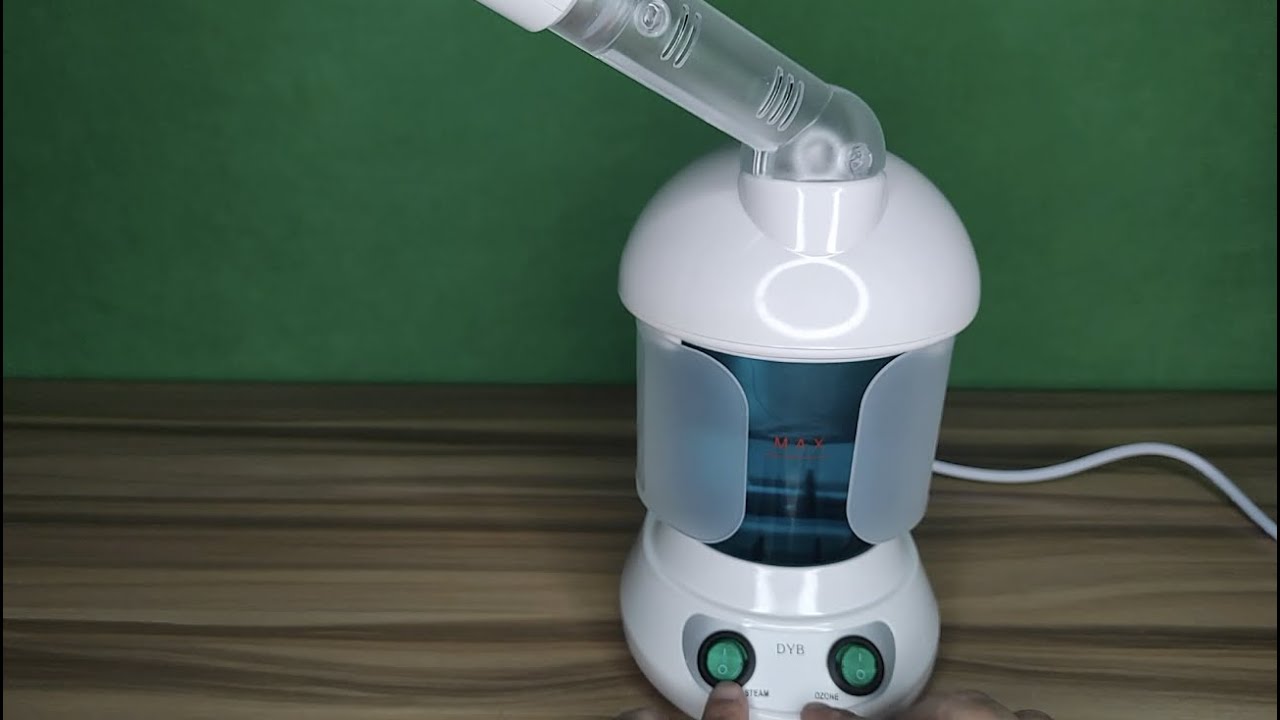
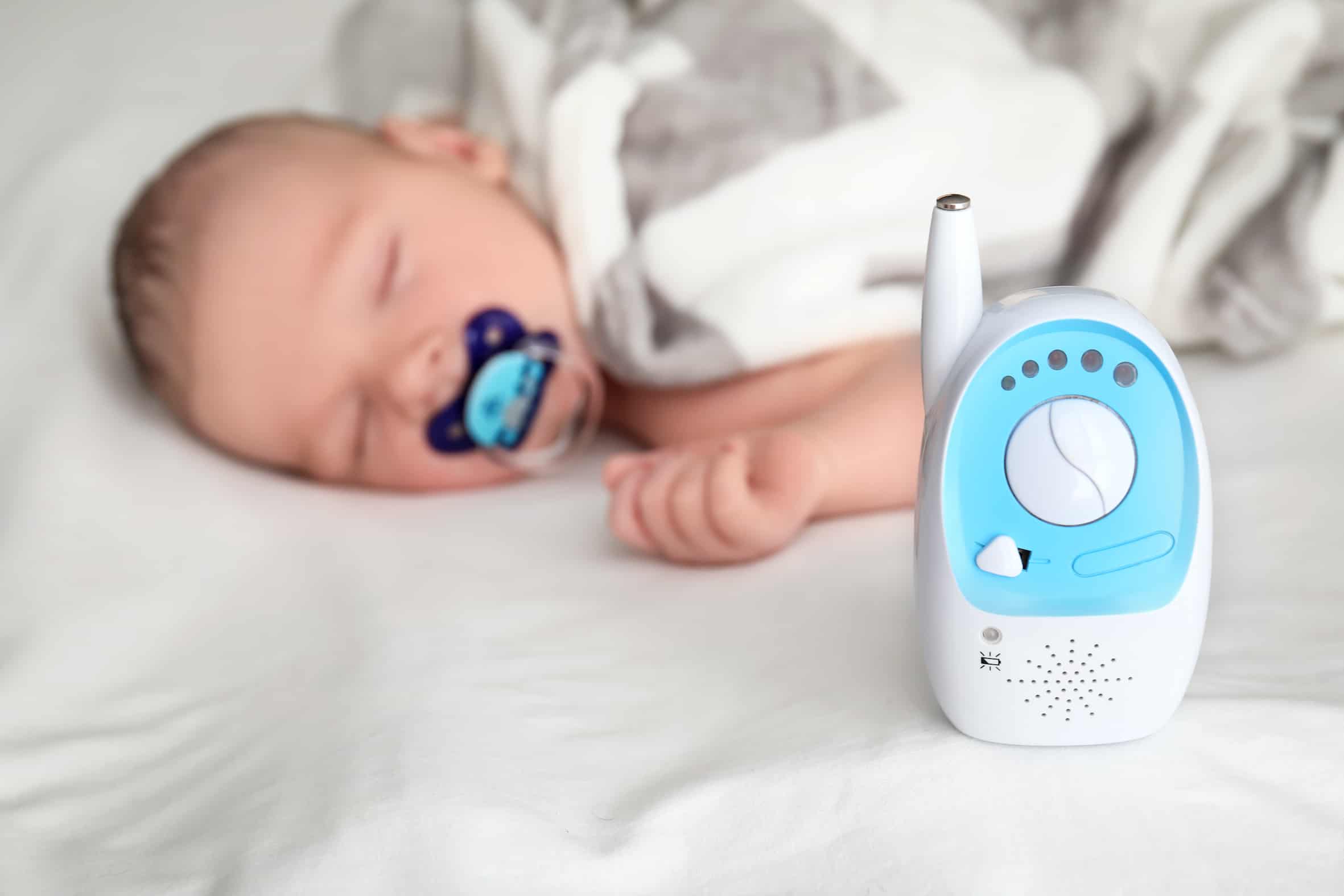
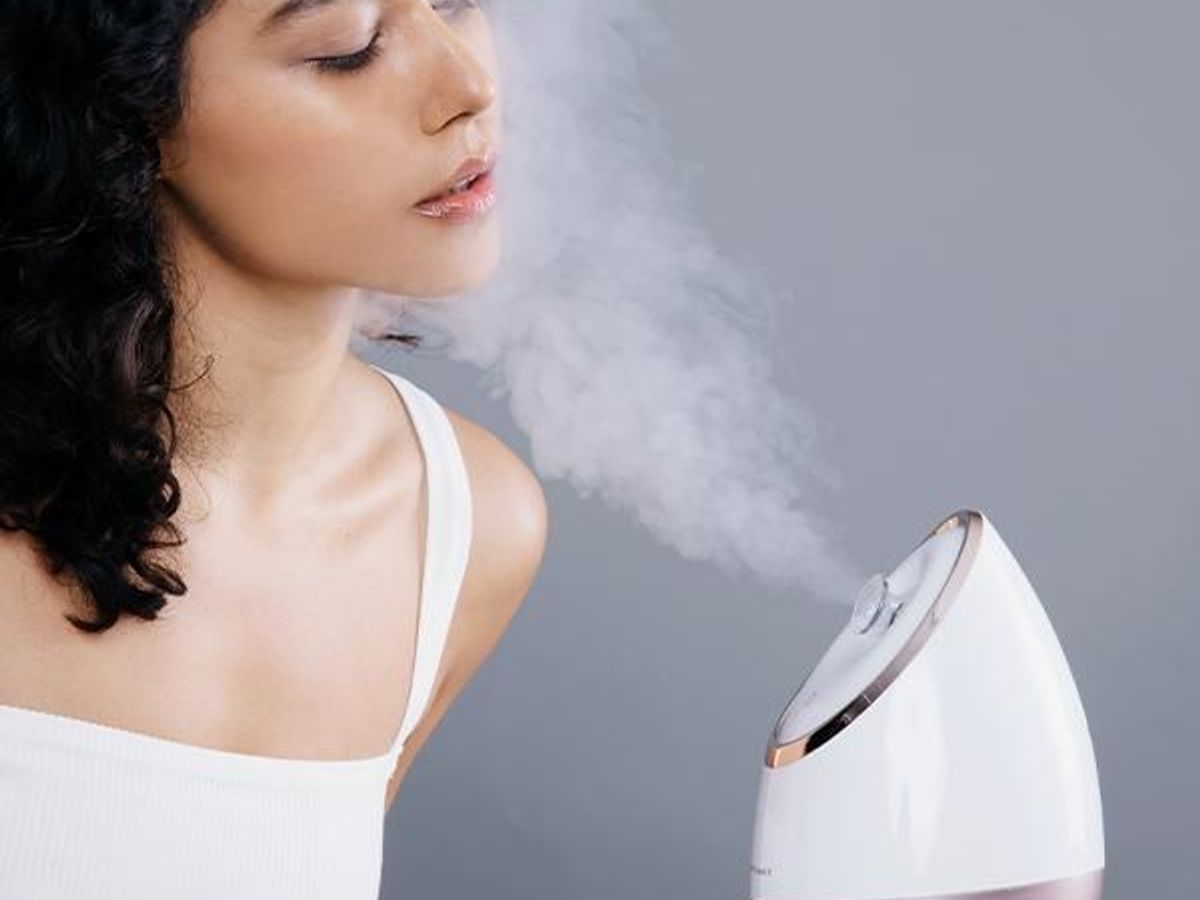

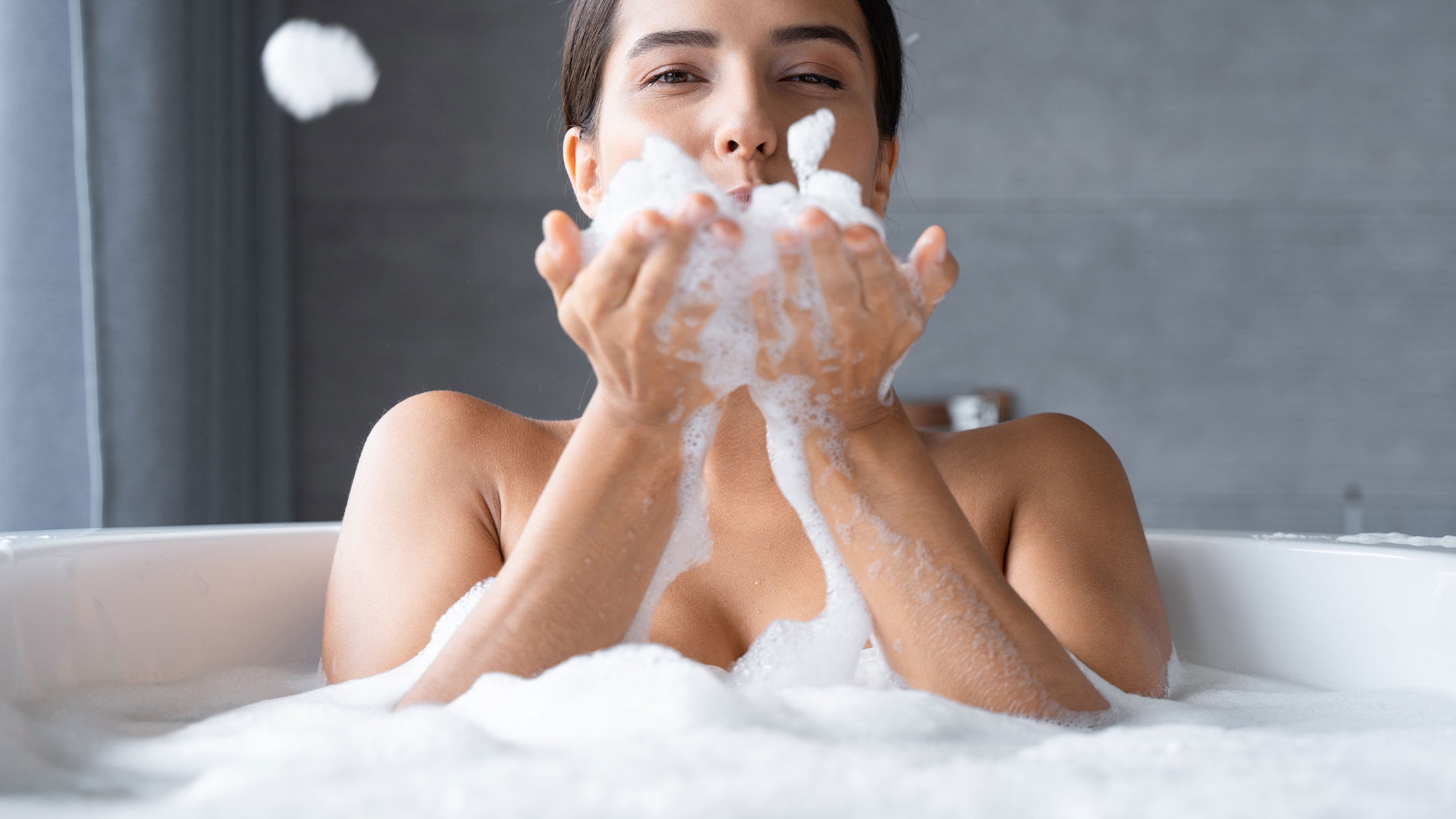

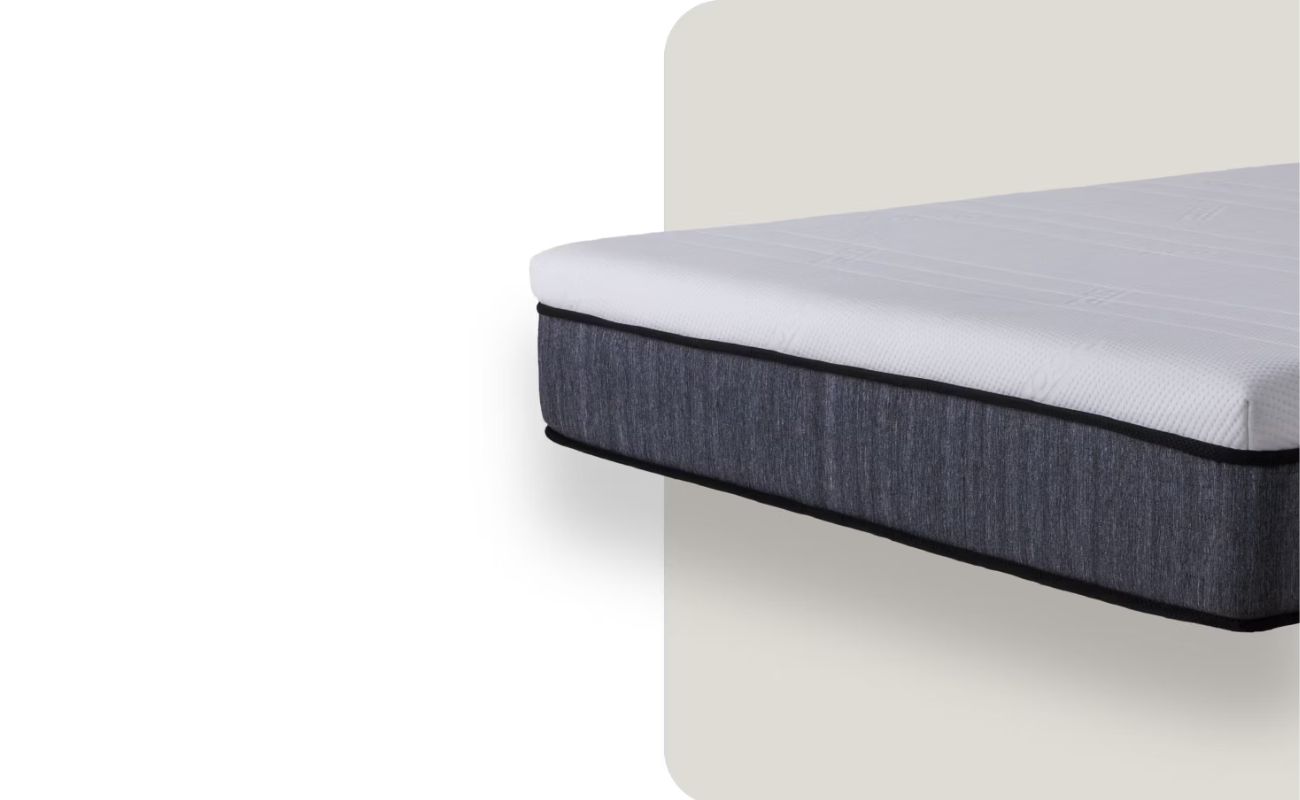

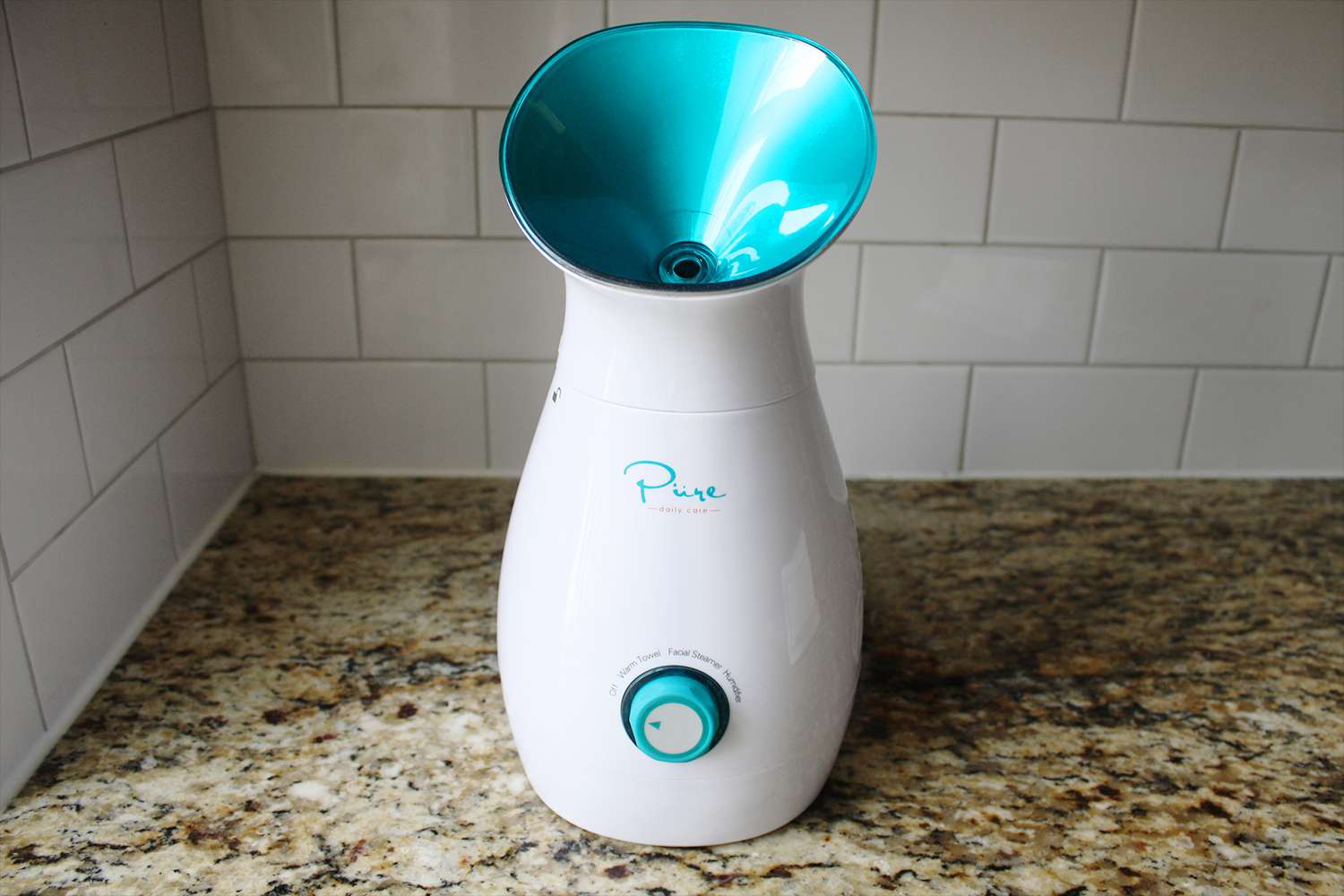

0 thoughts on “How Long Should You Use The Steamer During A Standard Facial Treatment”